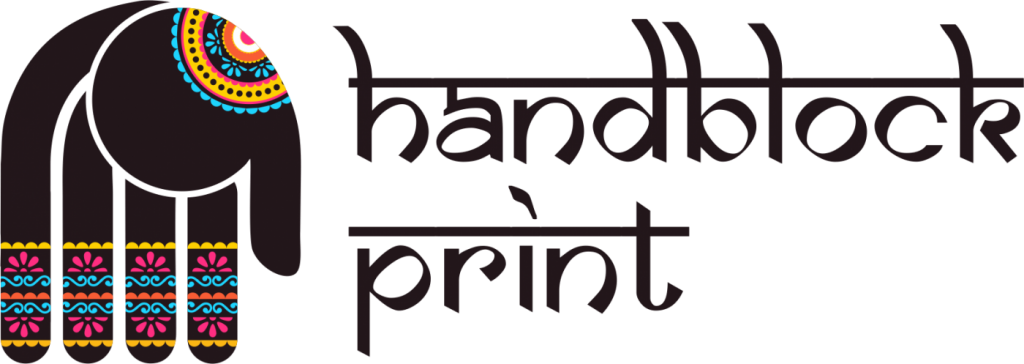Uncategorized
Know about the hand block printing services in India
Hand Block printing services in India
India is one of the major manufacturers and exporters of block-printed fabric across the globe. Hand block printing is the most ancient form of dying in which craftsman make use of wooden or metal blocks to create prints which are also known as ‘’Chappa”. Today, this technique is widely used to deliver the best Hand block printing services in India.
Techniques of Hand Block Printing
There are some techniques that are used for block printing in India.
Pigment Printing: This is the easiest method of block printing, In this form of printing any type of silk or cotton fabric can be done in any condition no matter it is gray, washed, unwashed, white, or dyed. But the popular method is to wash or bleach first and then subsequently dyed fabric is then printed with blocks using different colors.
Resist Printing: In resist printing, two types of printing can be done one Dabu printing and second wax printing (batik), In these printing methods some areas are sheltered (covered) in a form of printing design with a mixture of clay and resin to protect this area from dyeing.
After the printing and dyeing process, the dyed cloth has washed off to remove the paste of resist printing.

Discharge Printing: In this technique, a chemical is used on the dyed cloth to remove the dye from sections that are supposed to have a further design, and then blocks are printed.
Hand Block Printing In India
Bhavnagar, Porbandar, Kutch, Rajkot, and Jamnagar are famous for hand block printing services in Gujarat. A village in Gujarat known as Dhamadka is renowned for a block printed fabric named Ajrakh, basically, geometric design is popular for this using natural color likely black from tarnished iron and indigo is used for the blue color. Other popular patterns are sculptures of dancing girls, animals, and birds.
In Rajasthan, Bagru is the most famous center for hand block printing services known as Syahi and Dabu prints. Apart from this sanganeri print is also very impressive for bedsheets, bed covers, and coverlets. A style of printing known as Doo Rookhi is eye-catching in which artisan stamp on both sides of the fabric. Prints of horses, camels, peacocks, lions, god,s and goddesses are common prints using bold colors and patterns.
Geometrical and floral prints of Punjab are attractive and the colors used are basically pastel or light shades. This is an art of a group of textile workers known as Chhipa. In West Bengal, Serampur is known for its bold and vivacious patterns of printing. Andhra Pradesh is prominent for its Kalamkari printing which is a combination of block printing and hand painting. Sri Kalahasthi and Masulipatnam are major centers of Kalamkari. As the name suggests; a special type of brush cum pen is used for this type of printing.
In hand-made printing, stamp plays a very important role so it is imperative to make good stamps to make the design more appealing and attractive. The process of the creation of a stamp usually takes 2 – 10 days depending upon the design. The majority of designs are inspired by Hindu mythology.

Process of Block Printing in India
Step 1: Carving Blocks and Dying
Blocks are carved with beautiful design with the use of hammers and drills and used for the purpose of stamping, Afterwards, these wooden blocks are soaked in oil to prevent them from cracks and make them more effective and durable.
Step 2: Bleaching of fabric
Fabric to be printed undergoes the process of bleaching to make the fabric soft and remove all the starch.
Step 3: Applying a color paste
After carving these blocks are dipped into a mixture of colors and gum before they are stamped on fabric.
Step 4: Printing
Now, these colored dipped blocks are stamped on fabric to make the actual design, printing always to be followed from left to right across the length and breadth of cloth.
